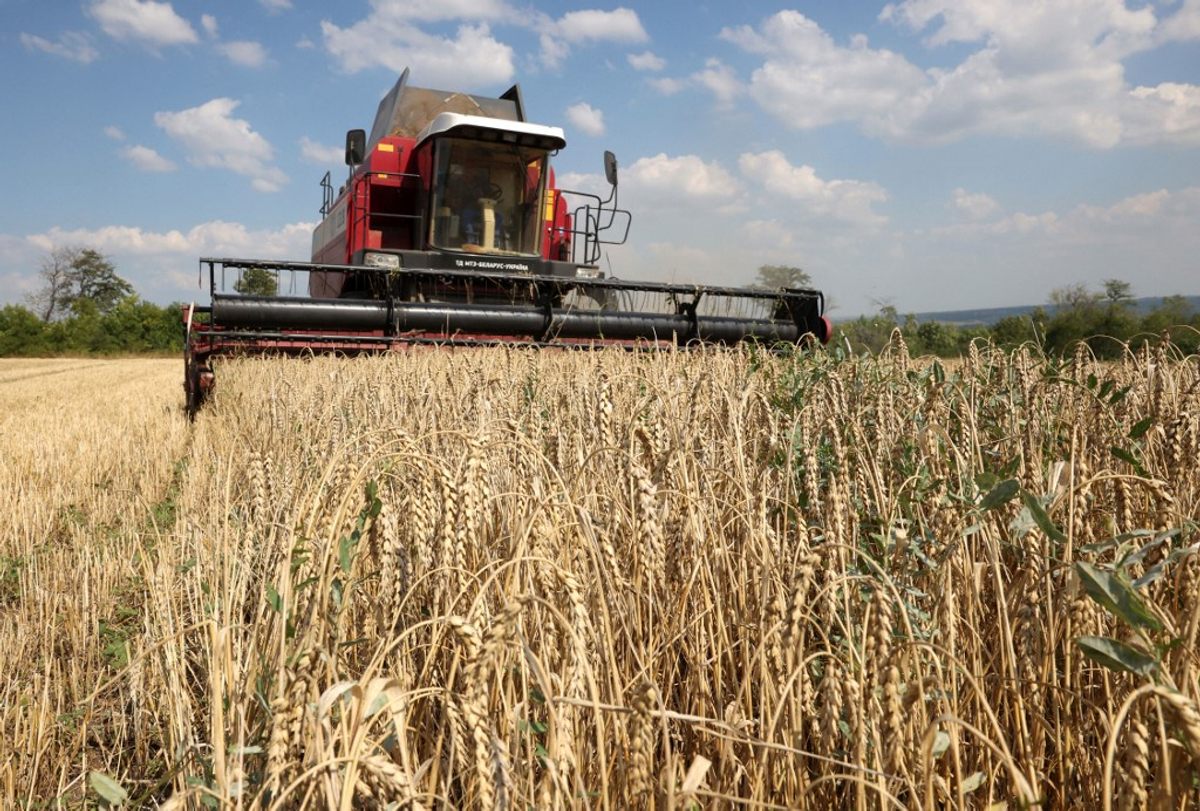By Kateryna Mykhailova
Copyright kyivpost

Ukraine’s trade deficit reached $22.6 billion in the first seven months of 2025, which is $7.5 billion higher than in the same period last year, Ukraineʼs State Statistics data shows.
Exports fell slightly, down 3.5% to $23.3 billion, while imports rose 16.9% to $45.9 billion.
The geography of Ukraine’s trade remains stable. EU countries buy nearly 58% of Ukrainian exports, with Poland in the lead with 12.3%, followed by Turkey with 8%, and Italy and Germany each at 5.6%, according to the State Statistics data, analysed by the Institute for Economic Research and Policy Consulting (IER).
However, Ukraineʼs exports to the EU fell after the Autonomous Trade Measures (ATM) between the two states expired on June 5, 2025. The ATM, which removed tariff rate quotas on 36 categories of Ukrainian goods, was negotiated with the EU following Russia’s full-scale invasion, while Russia’s navy was blockading Ukraine’s Black Sea ports.
Exports and imports
Agricultural and raw products dominate Ukrainian exports. Ukraine’s exports include a large share of products of plant origin – mainly grains – which make up 25.1% of total exports. Grain shipments fell by 23.1% compared with the same period last year due to a late harvest and unfavorable weather, IER wrote in its Telegram post.
In the agricultural sector, Ukraine is already feeling the impact of the ATM’s expiration. The country has redirected its sugar exports from the EU to other regions after preferential trade with the bloc ended.
In the 2024/25 financial year, Ukraine exported 580,000 tons of sugar – accounting for 32% of its total sugar production. Only 17% of that went to the EU compared to 77% in 2023/24. The remaining 83% were exported to the markets outside the EU.
Fats and oils account for 16.2% of Ukrainian exports, with non-precious metals accounting for 11.4% and processed food 9.5%, the IER reported.
The EU remains the biggest source of Ukraine’s imports, accounting for 46.7%, followed by China at 21.6%
Imports are led by machinery, equipment, and engines, which account for 23.6% and rose by 41.1% compared with January-August 2024. Mineral products – mainly oil and petroleum – represent 13.1%, chemicals 11.3%, and land transport vehicles 11.1%. Overall, imports increased by 15.3%, the IER reported.
An end to preferential trade with the EU
Ukraine’s economy is expected to lose revenues by the end of this year due to the EU’s turnaround, which will also reduce real GDP growth.
Ukraine’s central bank, the National Bank of Ukraine (NBU), estimated that removing the EU trade preferences would cost Ukraine $700 million in revenue by the end of 2025.
“This reflects losses to our exports, taking into account that a significant share of supplies to Europe will continue, though competitiveness will be somewhat reduced due to tariffs that exceed quotas,” NBU Deputy Governor Sergiy Nikolaychuk said on July 25, during the Centre for Economic Strategy’s online presentation of the macro forecast for the second half of 2025.
Following the suspension of EU preferences, trade between Ukraine and the EU will once again be governed by the Deep and Comprehensive Free Trade Area (DCFTA), a component of the Association Agreement signed in 2014 and effective since 2017.
This month, Ukraine expects to complete the procedure under the new regulations with European governments, with the updated agreement said to provide predictable trade frameworks.



